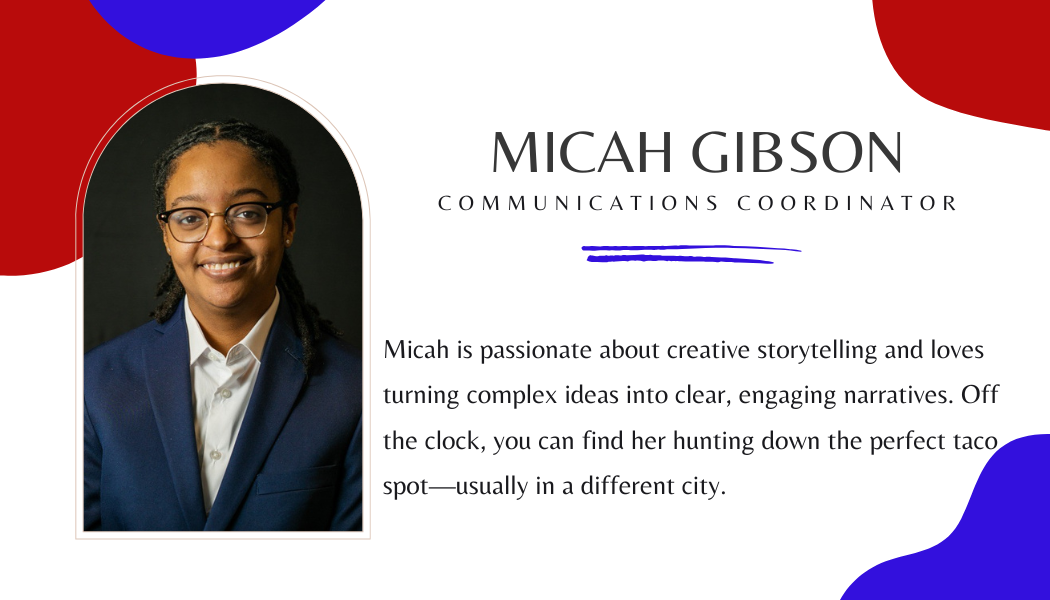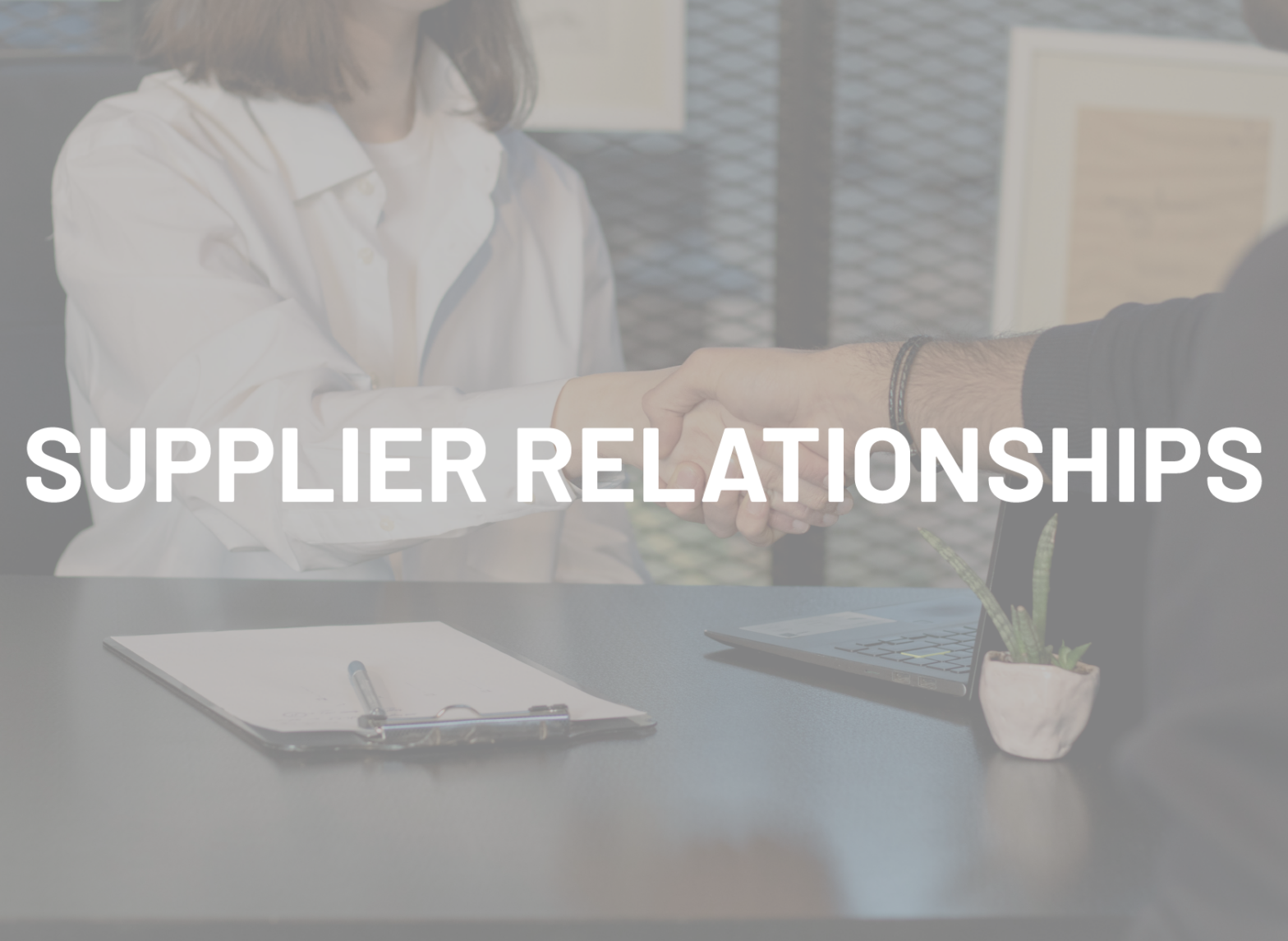Strong supplier relationships are crucial to successful procurement processes in state, local, and higher education sectors. When public entities establish meaningful relationships with suppliers, they foster increased competition, greater transparency, and more innovative solutions. However, despite increased focus on supplier engagement in recent years, public procurement professionals continue to face a range of challenges that can hinder progress.
At the National Association of State Procurement Officials (NASPO) 2025 Exchange conference, more than 400 public procurement professionals participated in a session to explore the set challenges, along with the broader state of supplier engagement. Participants took part in a SWOT (Strengths, Weaknesses, Opportunities, Threats) analysis and follow-up discussion, which offered valuable insight into the current environment while highlighting areas of success and opportunities for improvement.
The Challenge: Barriers to Effective Supplier Engagement
From economic uncertainty to administrative complexities, these barriers can make it difficult for suppliers, regardless of their company size, to navigate the process. The session highlighted some of the most commonly discussed obstacles, such as:
- Economic and Supply Chain Factors: Supply chain disruption, inflation, and tariffs create uncertainty and fear among suppliers, impacting their engagement and willingness to participate.
- Operational Challenges: Staffing shortages within both procurement offices and supplier organizations, combined with a lack of understanding around procurement processes and market dynamics, continue to prevent effective engagement.
- Administrative and Policy Concerns: Changes within government policies, priorities, mandates and funding can impact the process as well as the supplier community.
- Complexity and Communication Issues: Procurement processes and policies can be overly complex, with intricate language, regulations, and technology that can be challenging for suppliers to navigate. Miscommunication, lack of supplier education, and lack of timely information sharing further hinder effective engagement.
The Solution: Building Stronger Engagement Through Best Practices
- Start Engagement and Collaboration Early: Public procurement professionals, who were a part of the session, mentioned strategies they are finding successful such as starting communication early with suppliers and utilizing Requests for Information (RFIs) and pre-solicitation industry engagement sessions to better understand the market and build stronger supplier relationships from the beginning.
Early engagement also helps ensure that solicitations are aligned with what suppliers can realistically provide, which can be a key step in improving the quality and quantity of responses received. Beyond the early-stage engagement, regular networking and collaboration opportunities can help suppliers feel included and informed through the process, laying the foundation for trust and flexibility through tools such as:
- Pre-bid conferences
- Vendor outreach programs and newsletters
- More informal options like lunch-and-learn sessions or reverse vendor fairs
These resources and opportunities offer additional chances, especially at a local level, to meet suppliers where they are, answer questions, and strengthen two-way communication. They also help keep suppliers informed about how states are handling key issues such as ongoing supply chain disruptions, inflation, and tariffs.
2. Provide Training and Education: One of the most effective ways to support supplier engagement is by offering accessible training and educational resources. Procurement processes can be complex, long, and often difficult to navigate, especially for suppliers new to government contracting. Reducing barriers to participation is essential, as even routine technical issues, such as difficulties navigating online solicitation platforms or submitting proposals, can keep suppliers from engaging.
Procurement offices that invest in supplier training opportunities and providing educational resources will help agencies empower suppliers with the knowledge they need to participate confidently and successfully in the bidding process.
3. Streamline Processes and Leverage Tech: Many procurement offices continue to face significant operational hurdles due to staffing shortages causing delays, reduced responsiveness, and limited opportunity for proactive building of relationships with suppliers. Standardizing procurement platforms within your state according to your needs and actively involving suppliers in the rollout of new collaboration tools can significantly improve alignment and engagement.
Digital tools like eProcurement systems, electronic bidding portals, survey platforms, and AI can simplify procedures, reduce manual work and paperwork, and improve communication across your team and with suppliers. These tools also help agencies manage solicitations more efficiently while gathering valuable supplier feedback.
Furthermore, these tools offer enhanced data collection and feedback opportunities that give agencies real-time insights into supplier experiences, performance, and issues enabling continuous process improvement and more informed decision-making.
Meaningful supplier engagement and management isn’t just a best practice — it’s a strategic advantage. As procurement offices strive to build trust, increase transparency, and improve outcomes, fostering open and ethical communication with suppliers is essential. By consistently following your state’s procurement policies and code of ethics, agencies can create a fair, competitive environment that encourages participation, drives innovation, and delivers greater value to the public. Check out more resources on supplier engagement and management practices here:
- Supplier Management Fact Sheet – NASPO
- We’ll Manage: Supplier Management with NASPO’s Procurement Content Managers – NASPO
- Supplier Engagement: Are You Ready for the Next Step? – NASPO

